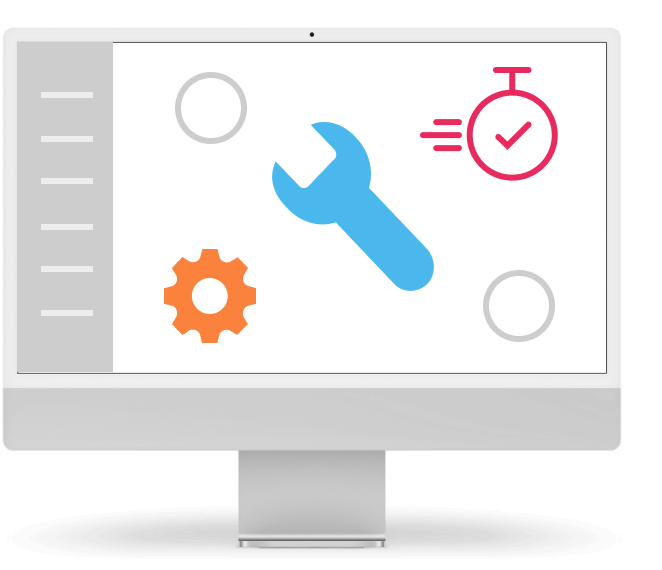How to deal with cloud burnout?
No, we will not talk about the destructive element that is caused by the operation of technology. We’re going to focus on a much more devastating kind – burnout.
Technicians are one of the first in line to be at risk of burnout. In general, there is a shortage of them on the market and there is many times more work for them. So if a company catches some IT guys, they get a lot of work. And it doesn’t really matter in which field the company does business, because IT is already everywhere and all the time.
But why focus on burnout only in engineers who work with cloud technologies? In earlier times, IT was not about sitting at a keyboard all the time. The physical infrastructure needed its care so outside of many hours spent in the chair, there we also many hours spent standing or walking.
But with the advent of the cloud, this has changed. So how to balance the operation of a more efficient type of infrastructure – the cloud – without sacrificing the health of the technicians? That’s what we’ll look at today.
What is burnout?
If you imagine a candle that has run out of the wick and the wax, this is exactly what happens to a person who is affected by the burnout syndrome. He can’t go on. This is of course a gross generalization and oversimplification, but at the heart of the problem is the inability to continue the basic activities that belong to human life. And not only the inability to continue in them, but also a negative attitude towards the circumstances that surround the person.
We are not medical professionals, so we will leave a larger analysis to them. If you want to find out more about the symptoms and stages of burnout and even take a mini test to see if you’re at risk, visit this article from the Health Department of the Ministry of the Interior (only in Czech).
Problematic features of the cloud
Now let’s go back to the cloud technology itself. It has many forms, but the basis is still the same – something virtual. And this results in being a strength for companies, but also a very big risk for technicians. So how to balance these two poles?
Virtual environment
We provide everything remotely. So we put the technicians in ergonomic chairs and that’s their lot. Hours and hours of screen time whose content used to span real square meters, not zeros and ones.
But there is a very simple solution here. Setting up the company culture in such a way that technicians are free to move. For example, we have a free hand when we go to play football or darts. It’s only a few meters into the next room, but it makes a big difference. I speak from experience.
Complicated environment
Not every cloud environment is complicated, but quite often businesses choose infrastructure that takes a lot of learning to navigate. Constant learning. Because it is such a complex ecosystem, learning with is a never-ending task. Technicians are therefore constantly faced with questions and have to absorb huge amounts of information so that the company’s IT can run at all.
It’s better if the company uses an infrastructure that doesn’t keep the engineers in knots all the time. There are a number of alternatives and some are even cheaper with greater simplicity. So it’s a win-win-win.
Expensive environment
This is also an aspect related to burnout. If the company chooses an expensive infrastructure and one that is complicated, then it is still up to the technician to ensure operations within a limited time span. These are other routine tasks, and although it means, for example, “just” getting into the virtual machine and turning it off and turning it on again in the morning, does the saying “little strokes fell great oaks” tell you something?
We have such a customer. It was running in the cloud of a global provider, and the bills were so high that technicians had to manually shut down and turn on the virtual machines to keep the operation from being a complete disaster. And it wasn’t even cheaper than continuous operation with us.
And no one actually understood the bill. Try to optimize traffic when no one can decipher what you’re actually paying for. Here, too, the solution is to find an alternative that does not ruin either the technology or the company’s finances. And they are there, believe me they are on the market.
What to take away?
Technologies are developing to incredible proportions, but technicians are still only humans. And they will remain humans, so it is necessary to treat them as such. The more work they get loaded with, the more optiond they need to be able to handle it – get a sense of a loadbalancer.
In order not to burn out, a person needs time and space for non-stressful situations, other people and also for himself. Although technicians are often shy, don’t isolate them as this can make the problem worse. Support them in their endeavors and show them that they have value. And if someone is struggling, offer a helping hand.





